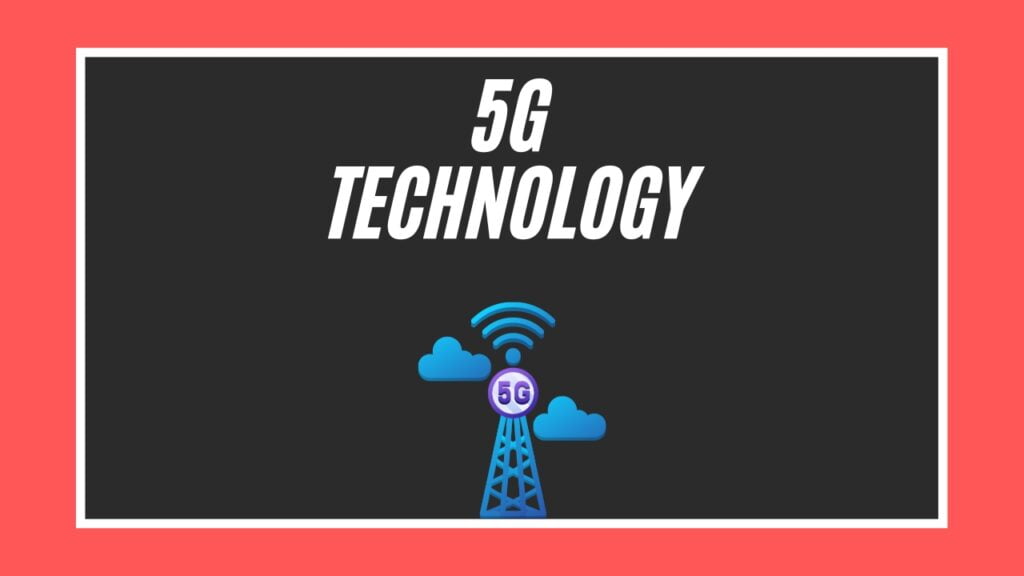ROI stands for Return on investment.
It is essential for assessing the effectiveness of your campaigns and optimizing your marketing strategy.
Formula of ROI = (Net profit/cost of investment) x 100
Where: Net profit refers to the earnings or gains generated from the investment.
To measure digital marketing ROI effectively, you should focus on key metrics and utilize appropriate tools.
Key Metrics For ROI
1. Conversion Rate
First, calculate the percentage of visitors who take a desired action on your website, such as making a purchase, clicking on a specific link, signing up for a newsletter, or filling out a contact form.
Formula for conversion rate = (Number of conversions/Total number of visitors) x 100
For example, if a website had 1000 visitors in a month and 250 of them made a purchase, the conversion rate would be:
(250 / 1000) x 100 = 25%
2. Customer Acquisition Cost (CAC)
It is a metric used by companies and marketers to figure out how much it costs to bring in a new client. Calculating the CAC is important for understanding the efficiency and effectiveness of a company's marketing and sales efforts.
Formula of CAC = Total Sales and Marketing Costs / Number of New Customers Acquired
3. Customer Lifetime Value (CLV)
Customer lifetime Value is a critical metric for assessing the long-term value and profitability of a customer. This helps you assess the return on investment over the customer's entire lifecycle.
Formula for CLV = (Average Purchase Value X Average Purchase Frequency) x Customer Lifespan
- Average Purchase Value: This represents the average amount a customer spends in a single purchase.
- Average Purchase Frequency: This is the average number of times a customer makes a purchase within a specific time frame, typically a year.
- Customer Lifespan: This refers to the average length of time a customer continues to do business with the company.
4. Return on Ad Spend (ROAS)
It is a key metric used in digital advertising and marketing to evaluate the effectiveness and profitability of advertising campaigns, particularly in online advertising platforms like Google Ads and Facebook Ads.
Formula for ROAS = Revenue Generated from Advertising/Cost of Advertising
5. Click-Through Rate (CTR)
It is a metric used in online advertising and email marketing to measure the effectiveness of an advertisement, link, or call-to-action in generating clicks and directing users to a specific web page or destination.
Formula of CTR = (Number of Clicks / Number of Impressions) x 100
6. Cost per click (CPC) and cost per acquisition (CPA)
CPC and CPA are two important metrics in online advertising, and they represent different ways to measure and evaluate the cost and effectiveness of advertising campaigns:
CPC
It's the cost incurred by an advertiser each time a user clicks on their ad. In other words, it represents the amount of money paid for each click generated by an advertisement.
Formula = Total Cost of Campaign / Total Number of Clicks
CPC is commonly used in pay-per-click (PPC) advertising models, such as Google Ads
CPA
It measures the cost incurred by an advertiser to acquire a customer or lead who takes a specific action, such as making a purchase, filling out a form, or signing up for a newsletter.
Formula = Total Cost of Campaign / Total Number of Acquisitions (Actions)
7. Traffic Sources
Analyze the sources of your website traffic (e.g., organic search, social media, email, paid ads) to determine which channels are most effective.
8. Bounce Rate
Assess the percentage of visitors who leave your website after viewing only one page. High bounce rates may indicate issues with landing pages or content.
Formula of Bounce Rate = (Number of Single-Page Visits/Total Number of Visits) x 100
9. Social Media Engagement
Evaluate likes, shares, comments, and other engagement metrics on social media platforms to gauge the effectiveness of your social media marketing.
10. Email Marketing Metrics
Measure metrics like open rates, click-through rates, and conversion rates to evaluate the performance of your email marketing campaigns.
Tools
1. Google Analytics
Google Analytics is a comprehensive web analytics tool that provides data on website traffic, conversions, and user behavior. It's essential for tracking the performance of your website and marketing campaigns.
2. Google Ads and Facebook Ads Manager
Google Ads and Facebook Ads Manager are two popular online advertising platforms that allow businesses and advertisers to create and manage digital advertising campaigns. Each platform has its own unique features, targeting options, and ad formats, making them suitable for different advertising objectives.
Here's an overview of both:
Google Ads:
- Search Engine Advertising
- Display Network
- Keyword Targeting
- Pay-per-click (PPC)
- Advanced Targeting
- Conversion Tracking
Facebook Ads Manager:
- Social Media Advertising
- Adience Targeting
- Pay-per-click (PPC) or Impression-Based
- Remarketing
- Conversion Tracking
- Split Testing
3. Email Marketing Platforms
There are numerous email marketing platforms available, each with its own set of features, pricing, and capabilities. The choice of an email marketing platform depends on your specific needs, budget, and the size of your email list. Services like MailChimp, Constant Contact, and HubSpot provide detailed analytics for email campaigns.
4. CRM Software
Customer Relationship Management (CRM) software is a category of software tools and platforms that businesses use to manage and analyze customer interactions, data, and relationships throughout the customer lifecycle. Software like Salesforce helps you track leads, customer data, and marketing performance.
5. Marketing Automation Tools
Marketing automation tools are software platforms that help businesses automate and streamline marketing processes, such as email marketing, lead nurturing, customer segmentation, and campaign management. Tools like HubSpot, or Marketo provide insights into lead nurturing, lead scoring, and campaign performance.
6. Social Media Analytics
Each major social media platform (e.g., Facebook Insights, Twitter Analytics, LinkedIn Analytics) offers its own set of analytics tools to measure social media engagement.
7. Marketing Dashboards
Tools like Google Data Studio or Tableau can consolidate data from various sources, allowing you to create custom marketing dashboards to track ROI in one place.
8. A/B Testing Tools
Platforms like Optimizely or VWO help you run experiments to optimize website content and user experience.
9. Customer Surveys
Tools like SurveyMonkey or Typeform can be used to gather feedback from customers, helping you understand their perceptions and satisfaction with your digital marketing efforts.
Remember that the specific metrics and tools you use will depend on your digital marketing channels, goals, and the nature of your business. Regularly analyzing these metrics and making data-driven decisions will enable you to optimize your digital marketing strategies and improve ROI over time.









